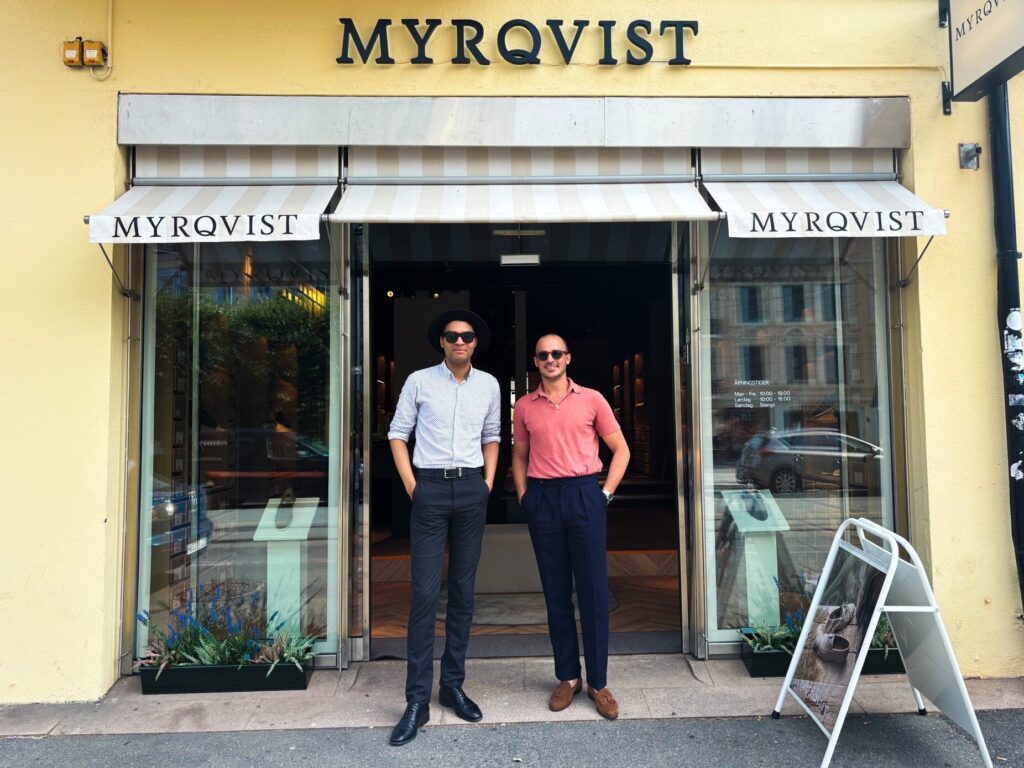Last week, I visited the newly opened Myrqvist store on Valkyriegata in Oslo, which welcomed its first customers in May. During my time there, I had the opportunity to speak with the store manager, gaining insight into the brand’s collection, its philosophy on footwear, and the warm reception it has received.
Oslo – July 22, 2025
The following discussion has been edited and condensed for clarity.
Bobby: When exactly did the store open?
Rafael: We opened on the 5th of May. So, just two months ago.
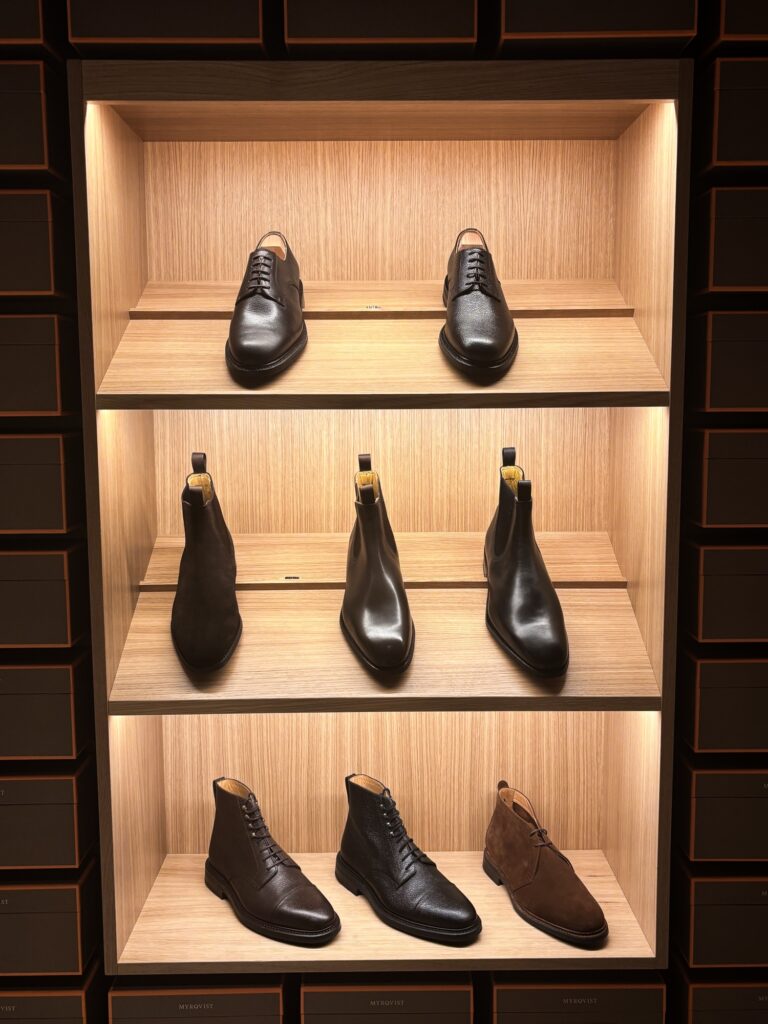
B: And how was the reception? Did people know about Myrqvist already?
R: Many of them did, actually. Quite a few customers were familiar with the brand—either from friends or from the online store. But even those who hadn’t heard of us before were pleasantly surprised. The general feedback was that something like this was missing in the area—especially for men. Good-quality shoes at an accessible price point. That was something Oslo didn’t quite have.
B: Did you plan the opening around the 17th of May?
R: No, it just happened that way. But it worked out very well. We had our launch event on the 8th, and with Constitution Day coming up, many people were looking for formal shoes. That ended up being a really good sales day.
B: This balance—between affordability and quality—is something that’s hard to find. It’s not just Oslo, it’s a global issue.
R: Absolutely. You usually find very cheap shoes, or very expensive ones. But that middle ground—where you don’t want to pay a fortune, yet still expect proper construction and good materials—that’s where we sit.
B: So what are Norwegians buying? What’s proving most popular here?
R: We thought it would be the sneakers—Oaxen and Alnö—because they’re low-key and versatile, which suits the Norwegian aesthetic. But it’s actually the loafers that are selling the most. Especially the penny loafers.
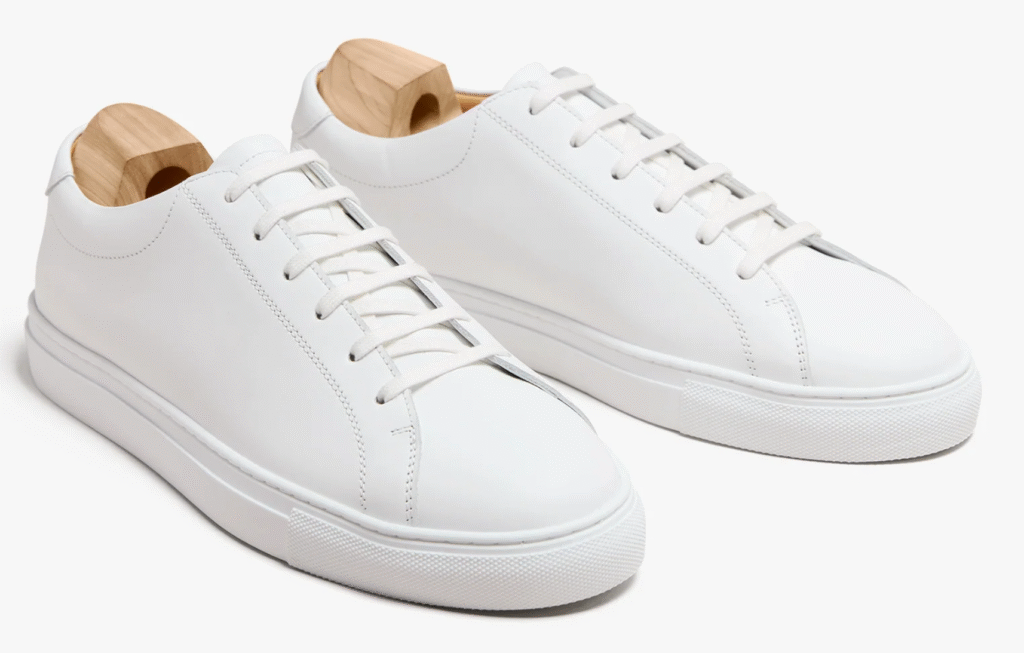
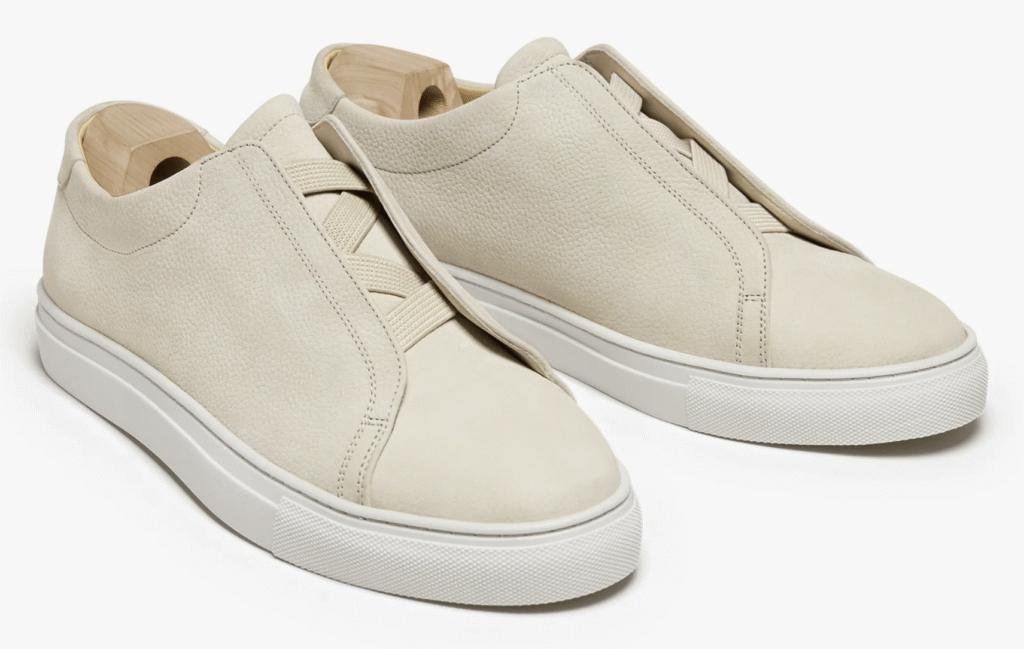
B: The Stenhammar?
R: Yes, the Stenhammar in dark brown suede is our bestseller. Suede is very popular—it feels more casual and easy to wear. After that, the calf leather version in black comes next. The city tends to lean more toward relaxed formality rather than full-on dress shoes.
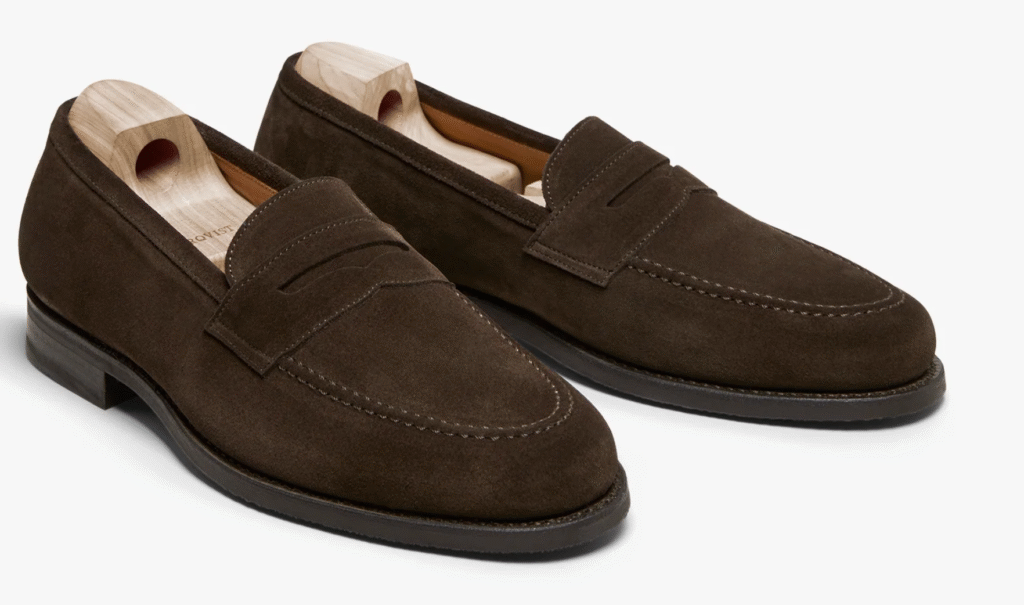
B: I assume with the Norwegian weather, customers tend to prefer rubber soles to leather ones.
R: Yes, particularly for the loafers. It’s easier to care for in winter and more forgiving on Norwegian streets. We do offer leather soles as well, but rubber wins for practicality. Usually, you want to add a rubber topy on leather soles to protect them a bit. Luckily, we’ve found a really good shoemaker here in Majorstuen—Everest Sko. It’s close by, and he does a pretty good job.
B: Can customers modify shoes?
R: Yes. We offer a made-to-order service. You can choose the sole, the leather, the color—even add your initials. It takes four to six weeks. It’s a small premium, but not extravagant.
(editor’s note: this service costs 5,500 NOK at the moment)
B: Can that be done online?
R: Not yet. You need to come into one of our physical stores, or contact customer service.
B: What about more niche models, like tassel loafers or opera pumps, are those harder to sell?
R: They’re harder to sell. Tassel loafers are misunderstood here—people find them harder to wear especially if they’re used to sneakers. Opera pumps are even more niche. Most Norwegians associate them with women’s shoes. We’ve sold maybe three or four pairs since opening.
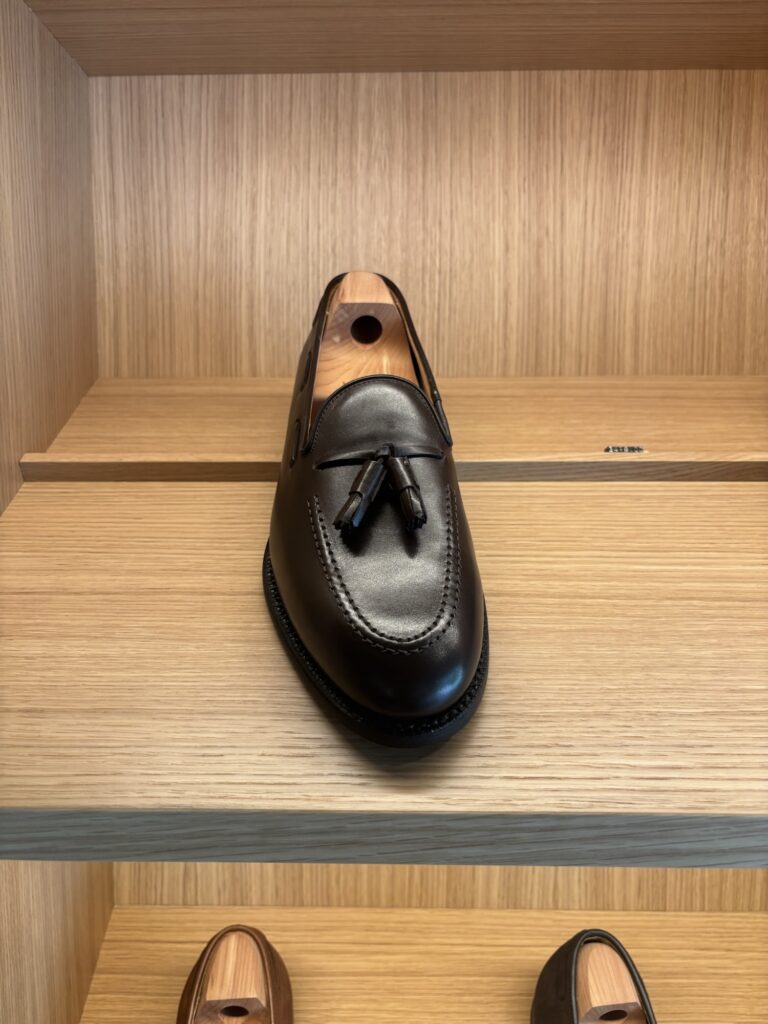
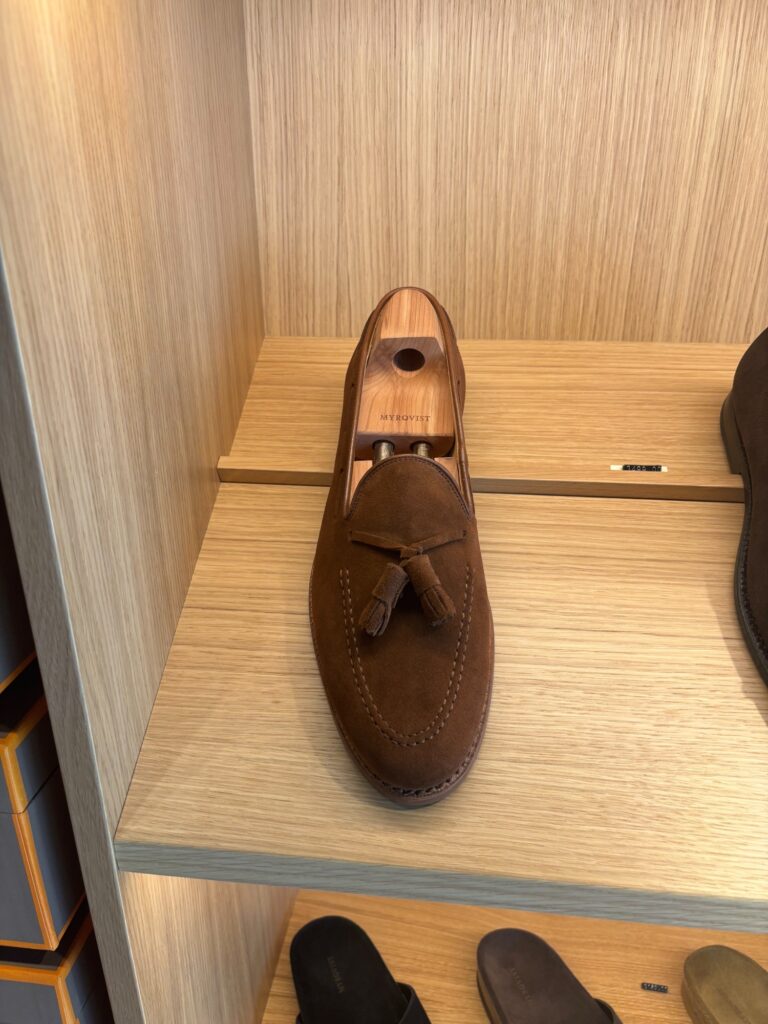
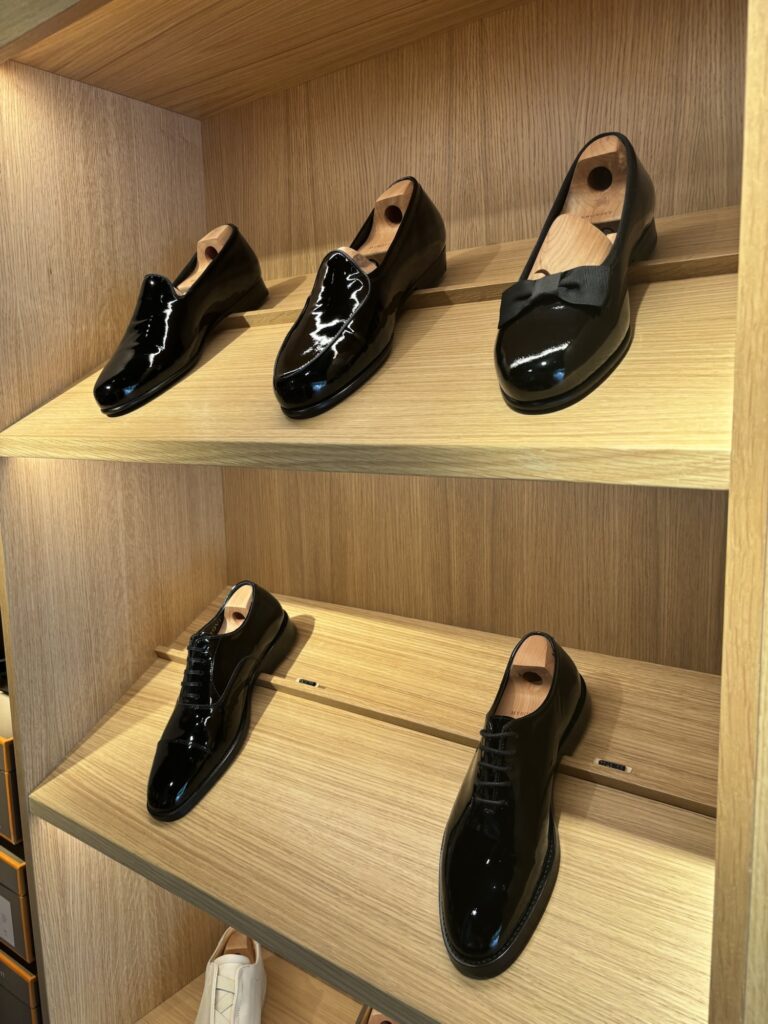
On the top right corner lie the opera pumps which are actually a great option when it comes to wearing a smoking
B: The same challenge with the Karlsberg model, right?
R: Exactly. I love it, especially in dark brown suede with the gold buckle. But again, it’s not conventional, and customers lean conservative when it comes to footwear.

B: What are the Oxford options like?
R: The Äppelviken is our most traditional Oxford—Goodyear welted, very structured. Then we have the Vinterviken, which is similar in shape but Blake-stitched. The construction differs, but both are popular for weddings or formal events.

B: Are most of your shoes Goodyear welted?
R: Yes, that’s our main focus. But we do offer some models in Blake and even cemented construction, particularly for lighter or more casual shoes.
B: And the style leans English?
R: Definitely more English in shape and style.
B: You’ve got shoe care products too I see?
R: Yes, and we make a point to educate customers. We offer complete care kits for both leather and suede, explain how to use them, and emphasize the importance of shoe trees. In fact, we give 25% off shoe trees when you buy a pair of shoes—that’s how important they are.
B: That’s great. A lot of men shy away from formal shoes because they think upkeep is complicated.
R: It doesn’t have to be. A few simple habits go a long way. And if you invest in quality, it’s worth keeping them in good shape.
B: Can you tell me about the socks and belts too?
R: We carry cotton and wool socks, including over-the-calf styles. For belts, they’re made from the exact same leathers as our shoes—so you get a perfect match. Especially important for suede, where tone variation can be noticeable.

B: And your leathers—where do they come from?
R: Our suede is Italian, while the calf leather is from Serbia. Everything is designed in Sweden and made in Portugal.
B: Is the collection seasonal?
R: Not really. We don’t do seasonal collections. When we introduce a new model—like the Tofta driving shoe or the Sandhamn boat shoe—it becomes part of the permanent range. Our philosophy is to focus on timeless designs that stay relevant.

B: Can we talk demographics? Who is your average customer?
R: Mostly men in their late 30s to 50s—often professionals, especially in finance or industries with formal dress codes. But we also get younger guys, even teenagers, coming in for their first pair of proper shoes. Word-of-mouth has been huge for us.
B: Does Oslo feel like the right place for Myrqvist?
R: Absolutely. The online store already had a strong customer base here. Many people knew us from Sweden and were happy to finally have a store where they could try shoes on before buying. That makes a big difference, especially for fit.
B: Last question—what’s your personal favorite?
R: The Stenhammar in dark brown suede. I still haven’t bought it because I want to leave the stock for customers—but it’s my favorite. It’s elegant but wearable, and incredibly comfortable. I also really like the Alnö sneaker in brown calf leather—simple but unique.
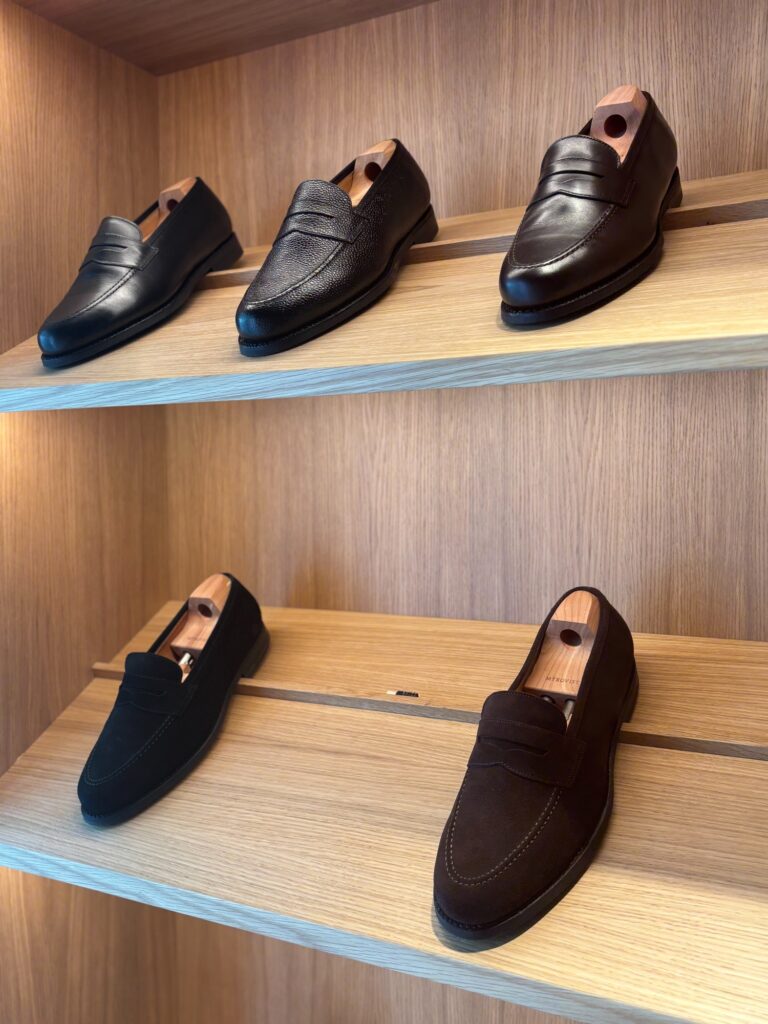
B: Thank you—this was a pleasure.
R: My pleasure as well.
What I took away from this conversation was not just a better understanding of what Myrqvist offers, but a feeling that they really pay attention—to price, to how the shoes are made, and how to take care of them. In a market where options tend to be either low quality with poor design or clearly overpriced, Myrqvist feels like a thoughtful middle ground. That’s exactly the kind of brand I respect as a menswear enthusiast. They offer a solid range of shoes that can cover pretty much any occasion in a man’s life. In my view, Myrqvist is a good introduction to more formal footwear: prices hover around 3,500 NOK, the quality looks reliable, and the designs are appealing.
For further reading, check out: Discover Myrqvist: A Favorite Among Shoe Enthusiasts
